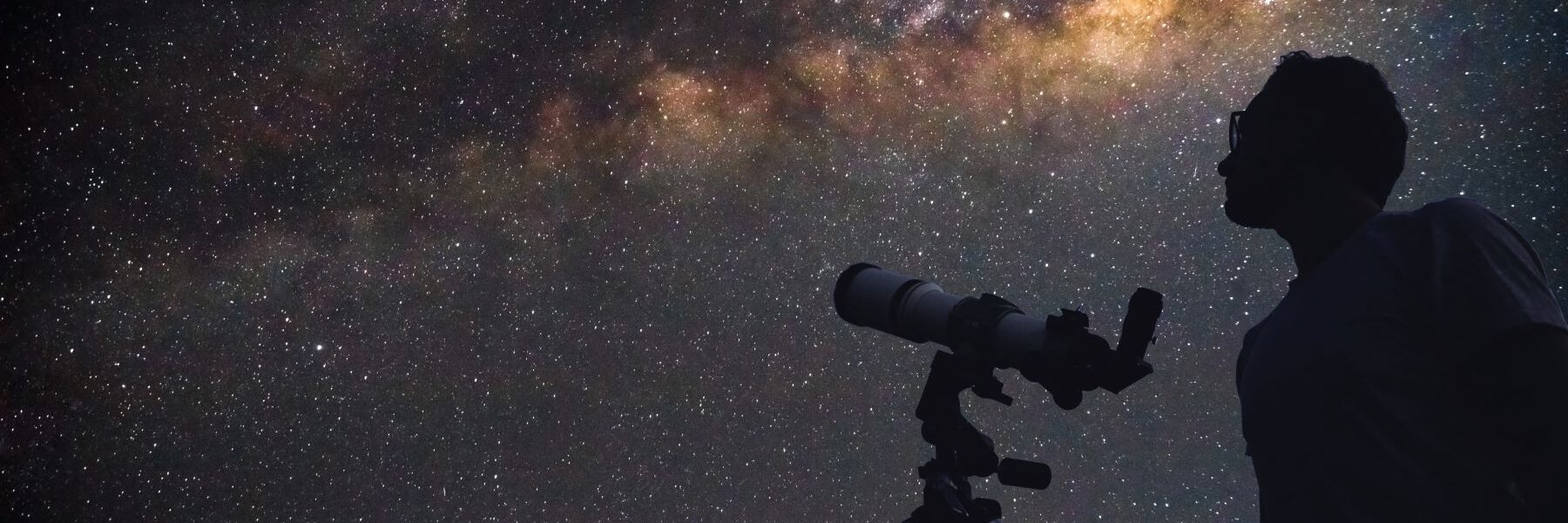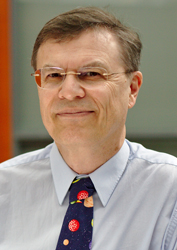
In the asteroid belt between Mars and Jupiter, an asteroid measuring up to 1.5 kilometres across quietly traces its orbit, tilted 15 degrees from the planetary plane.
This celestial body, officially named Marshallmccall, honours a York University Faculty of Science professor emeritus whose research has illuminated the intricate structures of galaxies and their evolution.

For Marshall McCall, the recognition carries personal significance. “I was deeply honoured,” he says. “The recognition makes me feel that my work in astronomy had some value.”
The initiative to name the asteroid was led by Canadian astronomers Paul Wiegert (a former postdoctoral fellow at York U) and David Balam, who sought to recognize McCall’s contributions to astronomy. “Marshall McCall’s research has had a lasting impact on our field,” says Balam, an asteroid hunter based in British Columbia who first encountered McCall’s work decades ago.
McCall’s fascination with the universe began on Vancouver Island, where he pursued an undergraduate degree at the University of Victoria before earning his PhD at the University of Texas at Austin. In 1988, he joined York University’s Department of Physics and Astronomy, where he not only advanced research, but also helped shape academic programs that have inspired generations of astronomers.
Among those mentored by McCall was Wiegert, now a professor at Western University. “My time at York deeply shaped my career,” Wiegert says. “It’s a true pleasure for me to have been involved in naming an asteroid after Marshall McCall. This feels like a meaningful way to give back to that community.”
McCall’s scientific career is marked by discoveries that have revealed hidden gems in the cosmos. While studying galaxies whose light is obscured by interstellar dust within the Milky Way, McCall and Ronald Buta of the University of Alabama identified four previously unknown celestial objects. Named MB 1, MB 2, MB 3 and MB 4 – after their initials – the discoveries include two nearby galaxies (MB 1 and MB 3) located just 10 million light years away. MB 2, once thought to be a galaxy, turned out to be an unusual nebula within the Milky Way whose origin remains a puzzle. MB 4 is another nebula, likely formed from gas expelled during the birth of twin stars. “You never know what you will find when you penetrate the fog,” McCall says, capturing the thrill of exploring the unknown.
Building on his discovery of MB 1 and MB 3, McCall’s work mapping galaxies within 30 million light years of Earth uncovered larger patterns that reshaped how astronomers view the cosmic landscape. Among these findings, he confirmed that the Milky Way is embedded in a vast, flattened arrangement of galaxies known as the “Local Sheet,” a structure stretching 34 million light years across but only 1.5 million light years thick.
He also identified the “Council of Giants,” a ring of massive galaxies 24 million light years in diameter encircling the Milky Way and its companion Andromeda. These galaxies act as cosmic gatekeepers, siphoning intergalactic material away from the “Local Group” and limiting its ability to grow.
McCall’s work reflects a deep curiosity about the universe’s interconnected structures.
In a public lecture, he outlined how the Milky Way fits into the broader celestial arrangement: “We live on a planet around a star in a galaxy in the ‘Local Group,’ encompassed by the ‘Council of Giants of the Local Sheet’ next to the ‘Local Void’ at the periphery of the ‘Local Supercluster of Laniakea.’”
While these terms are technical, they describe how galaxies like ours are shaped by their surroundings – how gravitational forces and spatial patterns influence their evolution within the vast cosmic web.
For those who have worked alongside him or followed in his footsteps, McCall’s contributions transcend scientific achievements; they represent landmark discoveries that inspire further exploration and wonder. Now immortalized by an asteroid bearing his name, his legacy reaches beyond Earth into the cosmos he has spent his life studying.
“It is nice to feel that my efforts were not completely in vain and that there will be a memory of them up there when I am gone,” McCall says. “Most importantly, I feel privileged to have even had this chance – to seek knowledge for its own sake as part of a society willing to enable such pursuits.”
McCall joins a distinguished group of York University faculty members who have had asteroids named after them, including: Professor Emeritus Paul Delaney, Professor Michael Daly, Department of Earth & Space Science & Engineering, Lassonde School of Engineering; Professor Patrick Hall, Department of Physics & Astronomy, Faculty of Science; the late Professor Emeritus Kim Innanen, Department of Physics & Astronomy, Faculty of Science; and the late Professor Richard Jarrell, Department of Science, Technology & Society, Faculty of Science.
